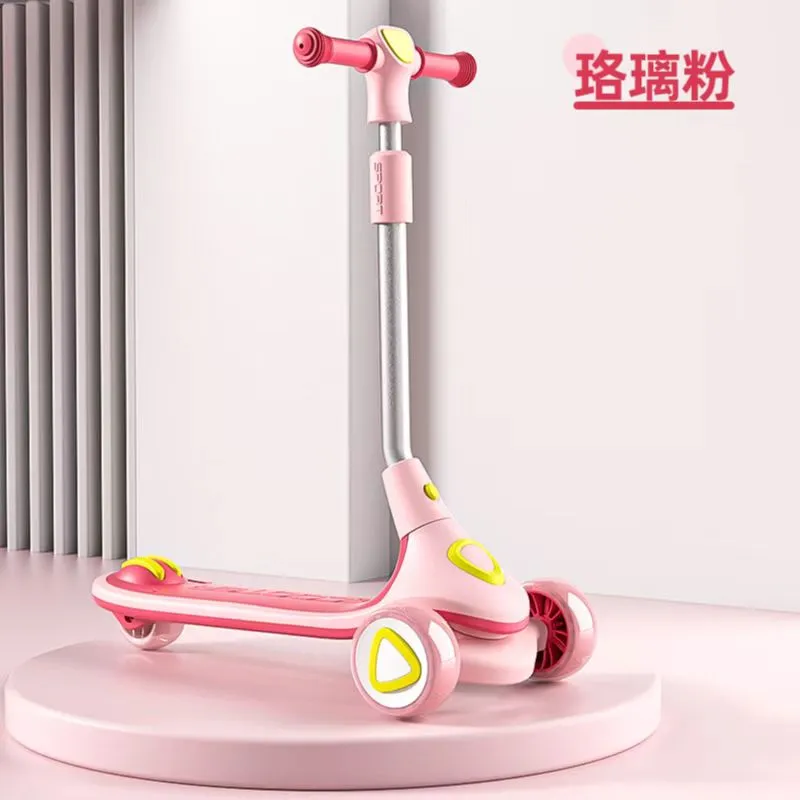balance kids bike
Finding the Perfect Balance A Guide to Kids' Bikes
When it comes to choosing the right bike for your child, balance is key—not only in terms of bike features but also in ensuring your little one enjoys a safe and fun riding experience. Kids' bikes come in various sizes, styles, and configurations, designed to meet the unique needs of young riders. Whether you’re selecting a first bike for your toddler or upgrading your pre-teen's wheels, understanding balance can greatly enhance their cycling experience.
The Importance of Balance in Kids' Bikes
At the core of every successful ride is balance. Children must learn how to manage their body weight while steering the bike, developing their coordination and motor skills. This is especially critical for young riders who may be just beginning to explore the world on two wheels. With the right bike, your child can learn to balance effectively, setting the foundation for a lifelong love of cycling.
The process of learning to ride is often less daunting when kids start with balance bikes. These pedal-less designs allow children to focus solely on balancing without the added challenge of pedaling. By scooting along with their feet, children gradually build confidence and learn to control the bike, making the transition to a traditional bicycle smoother. Balance bikes typically come in various sizes, ensuring a perfect fit for each child’s height and leg length.
Choosing the Right Size
Selecting a bike that fits your child well is one of the most crucial decisions you will make. A bike that is too large can be intimidating and difficult to control, whereas a bike that is too small can hinder their ability to ride efficiently. When your child is seated on the bike, they should be able to place the balls of their feet on the ground, allowing them to stop safely if needed.
balance kids bike

Common sizes for kids' bikes are usually categorized by wheel diameter, which ranges from 12 inches for the smallest riders to 24 inches for older kids. This varies by age, but keep in mind that the best way to gauge the right size is to have your child test the bike. If they struggle to reach the handlebars or fully extend their legs while pedaling, it’s likely the wrong size.
Safety Features are Essential
While ensuring a good fit is paramount, safety features also play an important role in selecting the right bike. Look for models equipped with effective brakes that match your child’s hand strength. Coaster brakes, often found on beginner bikes, allow young riders simply to pedal backward to stop, while hand brakes provide an opportunity to learn more advanced stopping techniques.
Additionally, consider bikes with more robust frames and components that can withstand the wear and tear of everyday riding. High-visibility colors and built-in reflectors can further enhance your child’s safety, making them more noticeable to others, especially in low-light conditions.
Encouraging a Love for Cycling
Once you’ve found the perfect balance bike or pedal bike for your child, the next step is to encourage their love for cycling. Ride together as a family, take trips to local parks, or explore biking trails. The more experiences you share, the more your child will associate riding with fun and adventure. Moreover, teach them how to properly care for their bike—checking the air in the tires, cleaning the chain, and adjusting the seat height as they grow.
In conclusion, selecting the right kids' bike is a journey that involves understanding balance, safety, and fun. By prioritizing these elements, you can ensure that your child not only learns to ride confidently but also develops a passion for cycling that lasts a lifetime. So gear up, hit the road, and enjoy the many adventures that come with pediatric cycling!
-
Three-Wheel Light-Up Scooter Benefits for KidsNewsJul.11,2025
-
The Importance of Helmet Safety When Using a Kids ScooterNewsJul.11,2025
-
Nurturing Early Mobility with an Infant ScooterNewsJul.11,2025
-
How to Choose the Safest Tricycle for KidsNewsJul.11,2025
-
Fixing a Squeaky Baby Push Tricycle in MinutesNewsJul.11,2025
-
Cleaning and Maintaining a Tricycle for Big KidNewsJul.11,2025
-
Unleash Fun and Safety with Our Premium Kids Scooter CollectionNewsJun.06,2025








